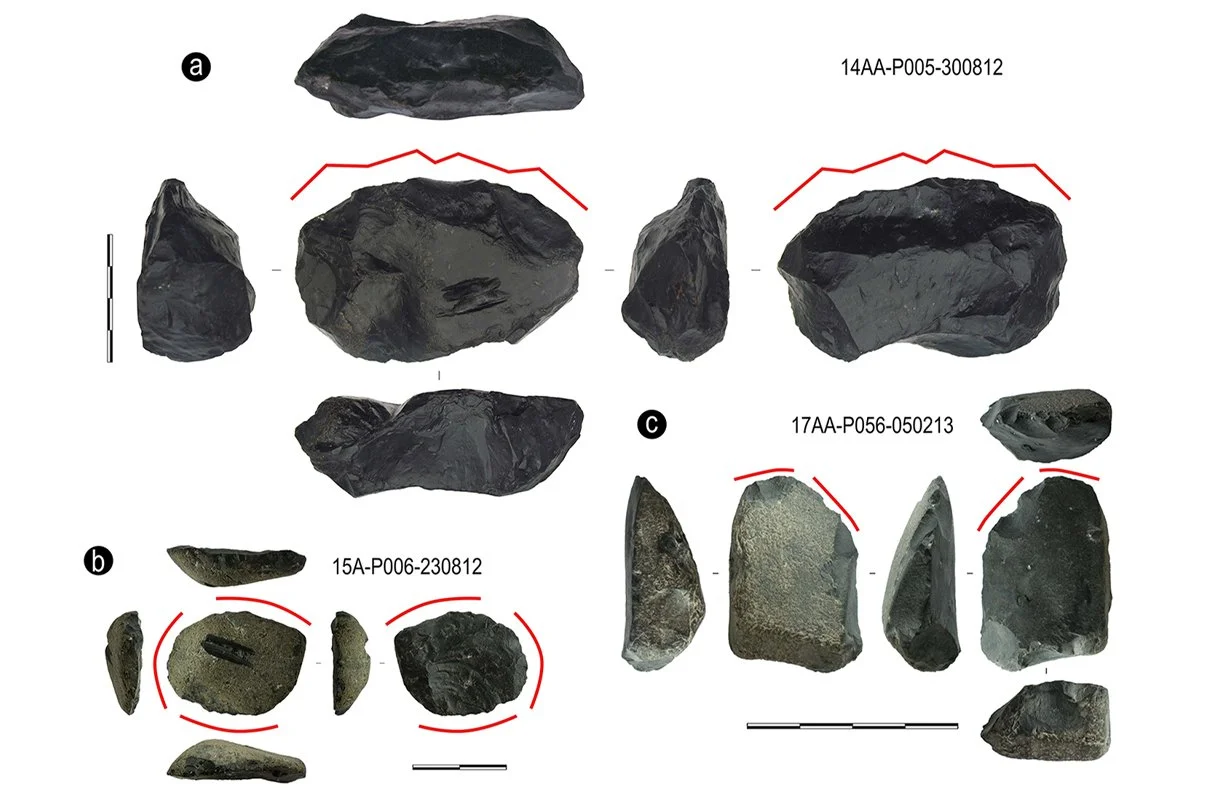Archaeologists have conducted a study of lithic material from the Pilauco and Los Notros sites in north-western Patagonia, revealing evidence of human occupation in the region prior to the Younger Dryas period.
The Younger Dryas, which occurred circa 12,900 to 11,700 years BP), was a cooling event which marked a return to glacial conditions, temporarily reversing the climatic warming of the preceding Late Glacial Interstadial.
The period in which humans arrived in South America, in particular, north-western Patagonia, has been the subject of an ongoing debate by academics for many years.
Previous archaeological evidence and palaeogenetic studies have suggested human presence between 16 600 and 15 100 cal BP, however, a new study published in the journal Antiquity is providing new evidence of pre-Holocene human activity during the late Pleistocene–early Holocene transition.
The Pilauco site has yielded objects dating from between 17 300 and 12 800 cal BP, for which a lithic assemblage of 45 pieces was identified in 2022. This assemblage included cores, worked pebbles, flake tools, and debitage products.
However, a new analysis has identified a further 199 new lithics based on the distinct features of intentional flaking, bulbar scars, flake scars on edges, retouching, and identifiable dorsal and ventral surfaces.
The most common types of lithics in the new assemblage are pebbles and flakes, with the remainder being cores, flake fragments, anvils, spheroids, and manuports.
According to the researchers, the new assemblage confirms the recurrent human usage over a 4,000 year period, and provides further insights into the late Pleistocene occupation and tool-making behaviours in north-western Patagonia.
Furthermore, the findings indicate that humans inhabited the region in north-western Patagonian at least 3000 years earlier than previously accepted.
Header Image Credit : Antonio Perez-Balarezo
Sources : Antiquity | Pérez-Balarezo A, Pino M, Navarro-Harris X, et al. Revised pre-Younger Dryas chronocultural sequence at the Pilauco site, north-western Patagonia (40°–44°S). Antiquity. Published online 2024:1-10. DOI: https://doi.org/10.15184/aqy.2024.29





